Art World
11 Fascinating Books About Art History’s Most Scandalous Forgeries
Get ready to slather on the Crisco.

Get ready to slather on the Crisco.

Sarah Cascone

Can’t get enough of the current Old Master forgery scandal?
As artnet News awaits new details about the potentially $225-million in fakes and who might be responsible, we’re turning to our book shelves.
The following titles are packed with fascinating tales about the topic.
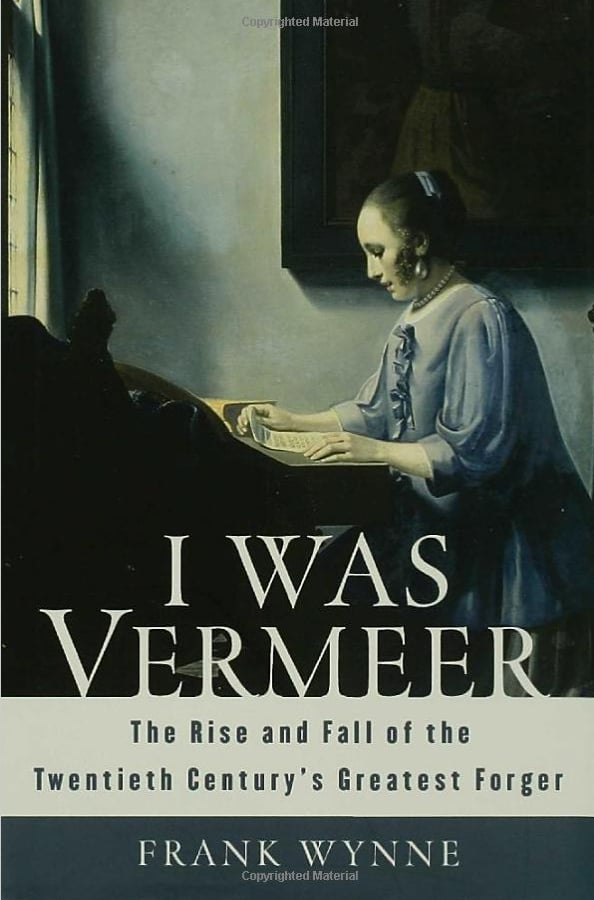
I Was Vermeer: The Rise and Fall of the Twentieth Century’s Greatest Forger by Frank Wynne (2006)
1. I Was Vermeer: The Rise and Fall of the Twentieth Century’s Greatest Forger, Frank Wynne (2006)
Arguably the most famous forger of all time, Han van Meegeren was a disillusioned Dutch painter whose Old Master-style works attracted little attention from 20th-century audiences—so he decided to pass off his own handiwork as undiscovered compositions by Johannes Vermeer. Among his unwitting customers was infamous Nazi leader Hermann Göring.
Frank Wynne’s page-turning biography of van Meegeren and his impressive con—the fake Vermeers were so beloved that the forger was forced to paint a new one in court to prove he was up to the challenge, even if his work is widely-panned today—is a must read for anyone who can’t get enough about art forgeries. For more, there’s also Edward Dolnick’s The Forger’s Spell: A True Story of Vermeer, Nazis, and the Greatest Art Hoax of the Twentieth Century (2009).
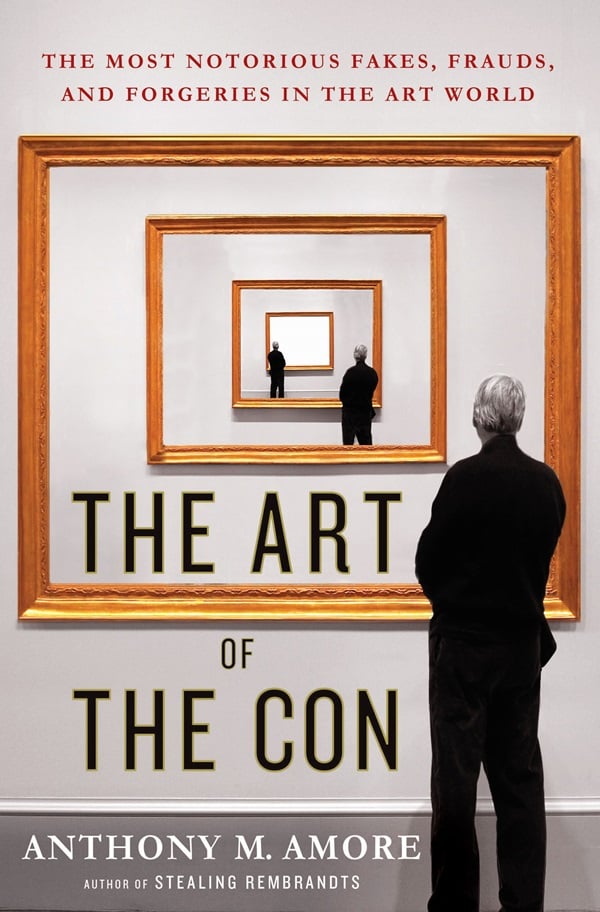
The Art of the Con: The Most Notorious Fakes, Frauds, and Forgeries in the Art World by Anthony Amore (2015). Courtesy of Amazon.
2. The Art of the Con: The Most Notorious Fakes, Frauds, and Forgeries in the Art World, Anthony Amore (2015)
Security expert Anthony Amore delves into some of the major scams that have rocked the art world over the last century, from lesser-known cases such as the dealer who commissioned a Pablo Picasso copy and tried to sell the canvas as the real deal, to the explosive Knoedler forgery ring, the fall-out from which continues to make headlines to this day.
For more, see Eileen Kinsella‘s review of the book.
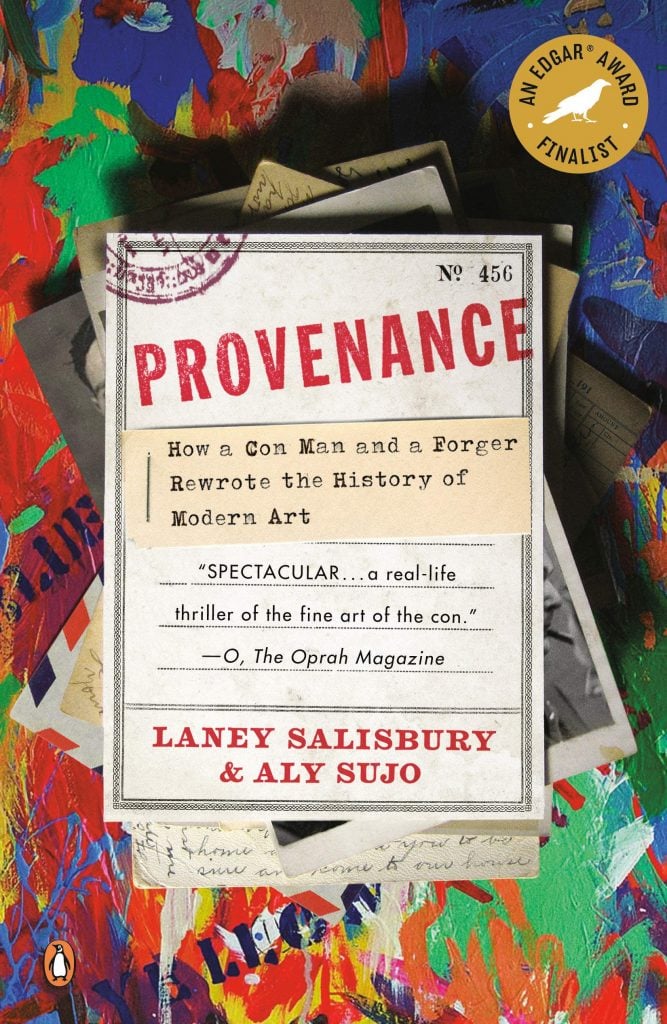
Provenance: How a Con Man and a Forger Rewrote the History of Modern Art by Laney Salisbury and Aly Sujo (2009). Courtesy of Penguin Books.
3. Provenance: How a Con Man and a Forger Rewrote the History of Modern Art, Laney Salisbury and Aly Sujo (2009)
Journalists Laney Salisbury and Aly Sujo lay bare the decade-long scam of con man John Drewe and struggling painter John Myatt, who unwittingly offered to paint copies of famous paintings for him. In his efforts to cover his tracks, Drewe also falsified provenance records, even planting fake documents in the Tate archives in London.
The duo was eventually caught, but Myatt’s work still remains in many collections, attributed to other, more famous artists.

Caveat Emptor: The Secret Life of an American Art Forger by Ken Perenyi (2013). Courtesy of Amazon.
4. Caveat Emptor: The Secret Life of an American Art Forger, Ken Perenyi (2013)
In his own words, self-taught artist Ken Perenyi shares the tale of how he stumbled into a 30-year career as a professional art forger of 18th- and 19th-century British and American paintings.
His meticulously-crafted handiwork sold at both Christie’s and Sotheby’s, until an FBI investigation finally uncovered the scam. Perenyi’s step-by-step descriptions of his secrets to producing convincing craquelure, appropriately-aged canvases, and other subtle details designed to fool the experts could serve a primer for future forgers, so experts should tread carefully.
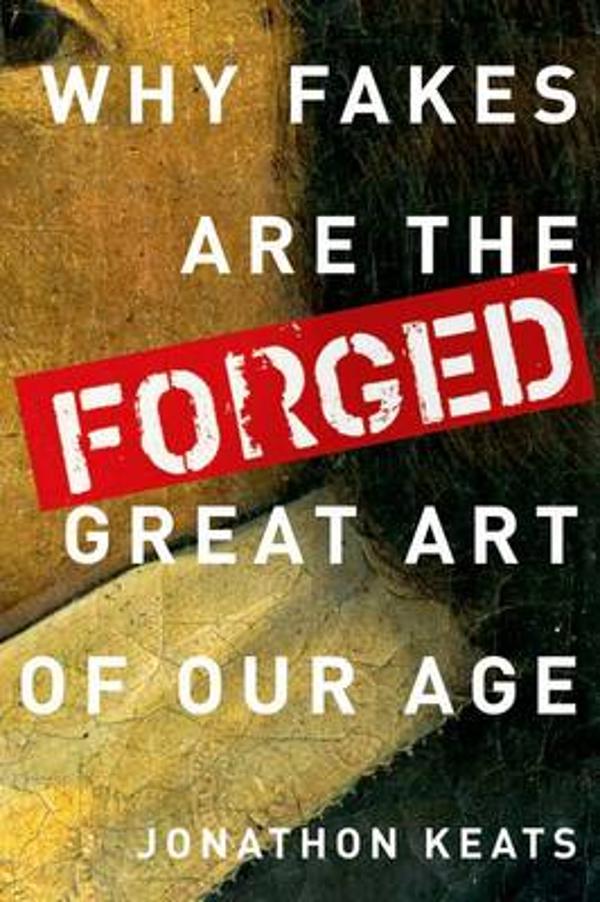
Forged: Why Fakes are the Great Art of Our Age by Jonathon Keats (2012). Courtesy of Oxford University Press.
5. Forged: Why Fakes are the Great Art of Our Age, Jonathon Keats (2012)
Art forgery is not exactly a new problem, so Jonathon Keats had plenty of material to work with in this historical look at six prolific forgers.
You may not buy Keats’s overall thesis that fakes are the great art of our age, but it’s still a fascinating breakdown of the phenomena of art forgery and the varied motivations behind those who do it.
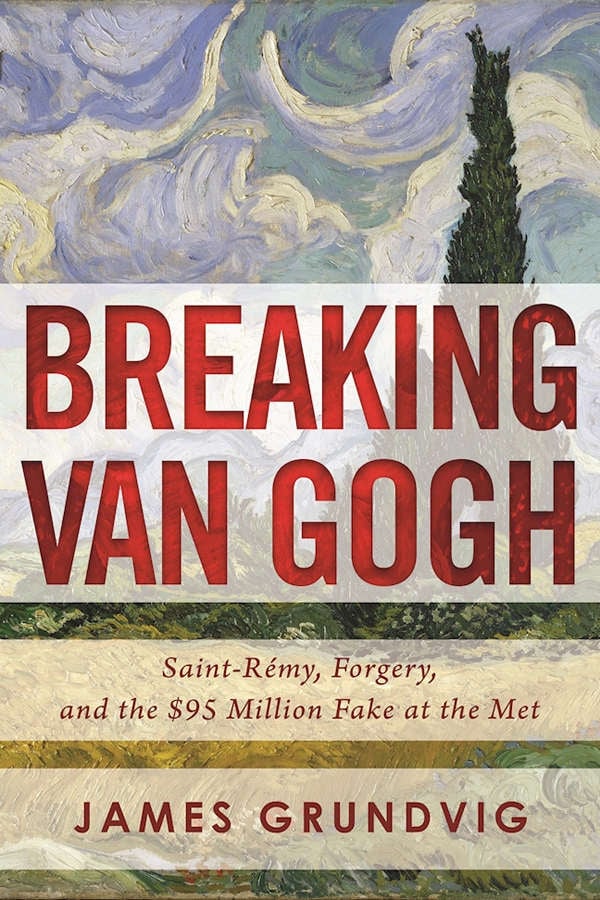
Breaking Van Gogh: Saint-Rémy, Forgery, and the $95 Million Fake at the Met, by James Ottar Grundvig (2016). Courtesy Amazon.
6. Breaking Van Gogh: Saint-Rémy, Forgery, and the $95 Million Fake at the Met, by James Ottar Grundvig (2016)
A recent entry in the art forgery canon, James Grundvig’s Breaking Van Gogh makes the potentially earth-shattering claim that the New York’s Metropolitan Museum of Art Wheat Field with Cypresses, by Vincent van Gogh, is a fake.
The writing is a tad repetitive, and Grundvig doesn’t lay out his case in the most straightforward way, but you’ll come away with many questions about authenticity and collection management.
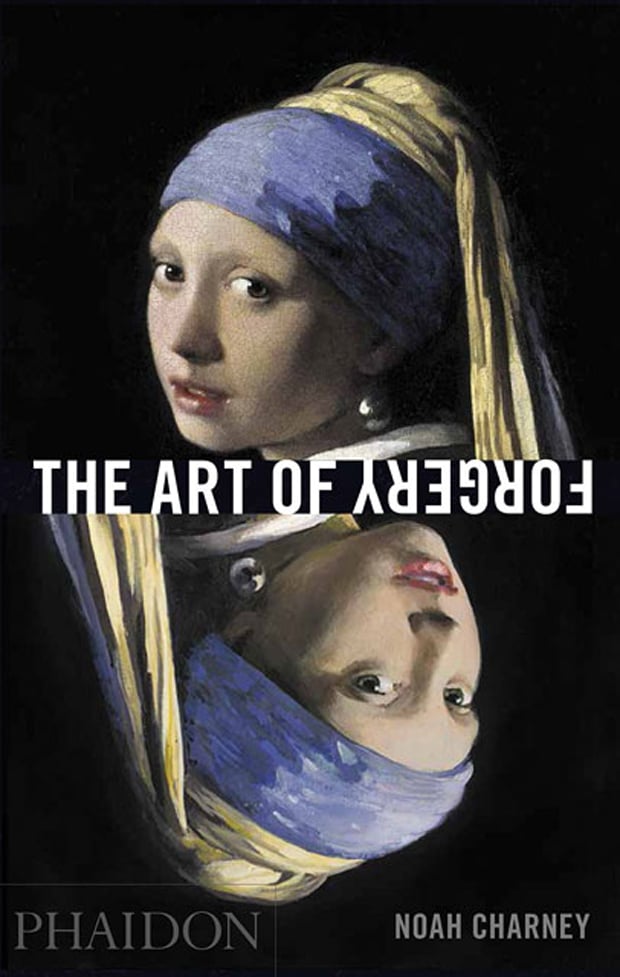
The Art of Forgery: The Minds, Motives and Methods of the Master Forgers by Noah Charney (2015). Courtesy of Amazon.
7. The Art of Forgery: The Minds, Motives and Methods of the Master Forgers, Noah Charney (2015)
Noah Charney goes back to the Renaissance for his book on the history of art forgery, pointing out that the great Michelangelo got his start knocking off ancient Roman sculptures.
The author illustrates the shortcomings of both connoisseurship and provenance research, and makes it clear that part of the reason that forgery continues to be an issue today is the lack of transparency in an art market where buyers and seller alike often prefer to be anonymous.

The Art Forger’s Handbook by Eric Hebborn (1997). Courtesy of Amazon.
8. The Art Forger’s Handbook, Eric Hebborn (1997)
Want to know how to age your freshly-painted forgery? Eric Hebborn suggests slathering it in Crisco and popping it in the oven to bake. It’s just one of his many tips for mastering the illicit craft.
The English restorer and artist-turned prolific forger rocked the art world in 1980 when it came out that he had created numerous paintings and drawings attributed to Old Masters, such as a Anthony Van Dyck drawing purchased by the British Museum in 1970. Hebborn, also the author of a 1993 memoir, Drawn to Trouble: Confessions of a Master Forger, wrote this book unveiling his methods shortly before dying under mysterious circumstances in 1996.
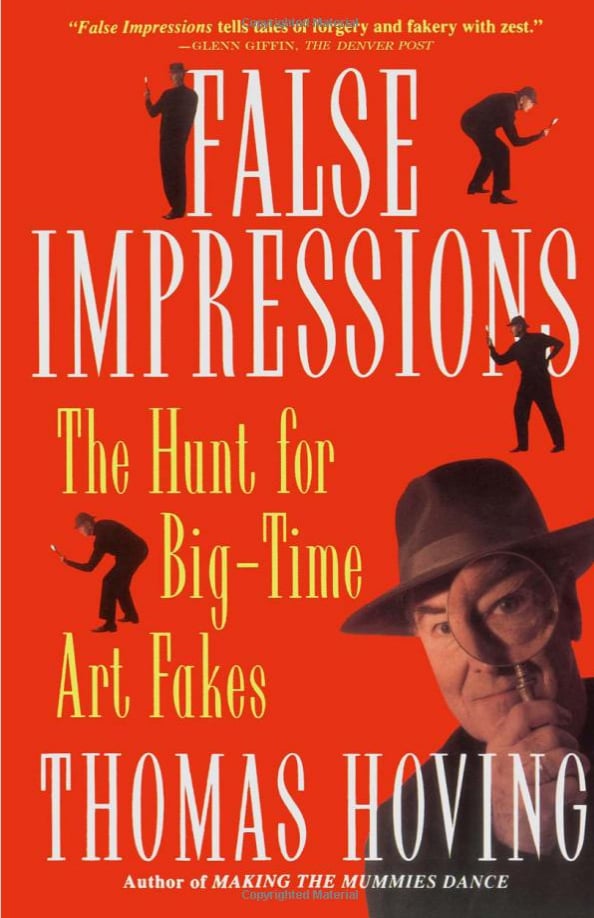
False Impressions: The Hunt for Big-Time Art Fakes by Thomas Hoving (1982). Courtesy of Amazon.
9. False Impressions: The Hunt for Big-Time Art Fakes, Thomas Hoving (1982)
Thomas Hoving, director of New York’s Metropolitan Museum of Art from 1967 to ’77, dives into the subject of history’s most notorious art forgeries with a chronological history. He also offers his own personal experiences detecting fakes, presenting himself as quite the accomplished art sleuth.
Decades ago, Hoving was already decrying the “raw commercialism” and “get-rich quick attitude of the times,” noting that “the art world we are living in today is a new, highly active, unprincipled one of art fakery.”

Fake? The Art of Deception by Mark Jones (1990). Courtesy of Amazon.
10. Fake? The Art of Deception, Mark Jones (1990)
Now out of print, this 1990 tome accompanied a British Museum exhibition of the same title that brought together over 600 objects in the museum collection that were once hailed as masterpieces, and largely acquired as such, only to be unmasked as fakes.
The show and book cover everything from literary manuscripts from notorious British forger Thomas James Wise and counterfeit ancient Chinese bronzes to ingeniously-crafted fantastic animals such as mermaids and furry fish. Read it online at the University of California Press.
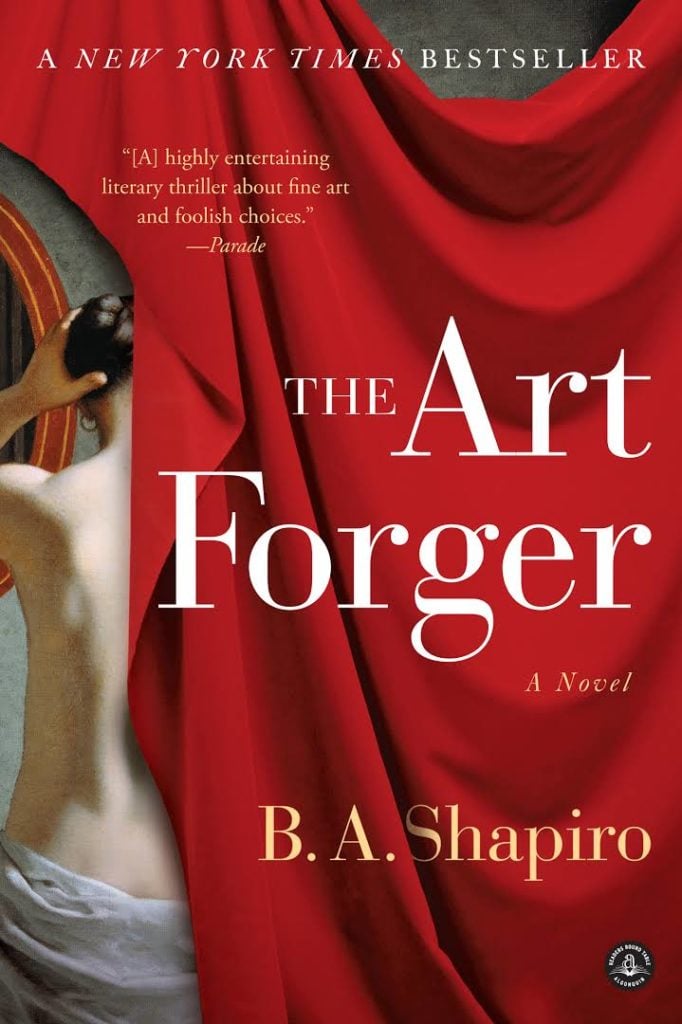
The Art Forger by B.A. Shapiro (2012). Courtesy of Amazon.
11. The Art Forger, B.A. Shapiro (2012)
Always a compelling subject, it’s no surprise that art forgery also makes for a thrilling fiction yarn. Author B.A. Shapiro goes one better, concocting a compelling tale of a forgery tied to the real-life, unsolved Isabella Stewart Gardner Museum heist in Boston.
The protagonist, struggling painter Claire Roth, is convinced to create a replica of the Edgar Degas painting stolen in the 1990 robbery, with the assurance that the original will be finally returned to its rightful owner. The more time she spends with the canvas, however, she begins to suspect something just isn’t right—could the Gardner’s prized painting have been a forgery all along?